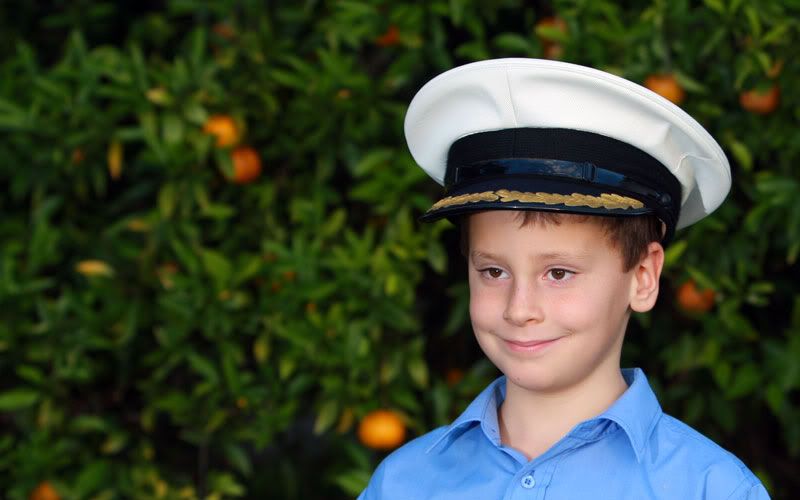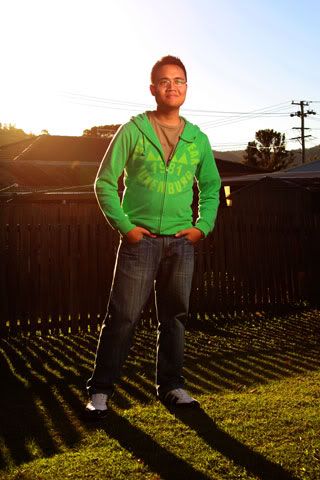What
mode was your flash set to for these images?
I note tht for all of these images, the camera was in M, and thus the only variable in your exposure for these was the amount of flash output - which would be a variation in the duration - that was permitted for these images.
Making the presumption that Canon eTTL still controls the flash even when in M, what I'm seeing is that the exposure across images 1, 3 and 4 seems to be pretty well constant. I'm not really seeing any variation in either the primary subject's, or the background's, illumination across these three images.
And that was pretty much what I expected to see. As you move the light further away from the subject, the power of the flash diminished, and thus the camera, through eTTL, permitted a longer flash duration to make up for the longer distance.
What do the histograms show us for these images?
Image #2 is the potentially more interesting one here - it does appear to be ever so slightly over-exposed compared with the others. I think that there are two issues of note here.
First, you've moved the flash closer to the subject. This (obviously) is the reverse of what's happened in #s 3 and 4. As you move the light closer to the subject, the power of the flash increased, and thus the camera, through eTTL, permitted a shorter flash duration to make up for the reduced distance.
Now, one meter is actually fairly close to the subject, and it may be that this about the edge of the close operating distance of eTTL and your flash. Basically, there's a point where the light source gets too close to the subject, and there's simply not enough time for the camera's metering systems to read, react, tell the flash head to shut down, and then have the flash head react and shut itself down. Remember that we're talking about doing a lot of stuff in less than a poofteenth of a millisecond ... and I suspect that your one meter distance here may be at the bleeding edge.
Second, your one meter distance is, er, quite close.

To the extent that we're seeing the brolly in this image. Think about what's illuminating that brolly at the time of the exposure, and then consider that it may be just a little bit hot, exposure wise.

This has some potential to affect your metering, depending upon what section of the camera's metering system was in use. In this instance you're way off to the left edge, probably beyond the metering area. I don't think that this is an issue - I don't think that your exposure has been affected by this (why?) - but it's certainly a point to keep in mind.
Finally, and this is not relevant to this post, but handy to be aware of nonetheless, we may need to consider from where the metering is being done. In this case, you're TTL, so Robert's your mother's brother.
But what if you were reading from the flash head, with the brolly in place? Consider the placement of the flash head's sensor in relation to your subject, and the possibility that the brolly's location may interfere with that line of sight. That one's a trap for young players.











